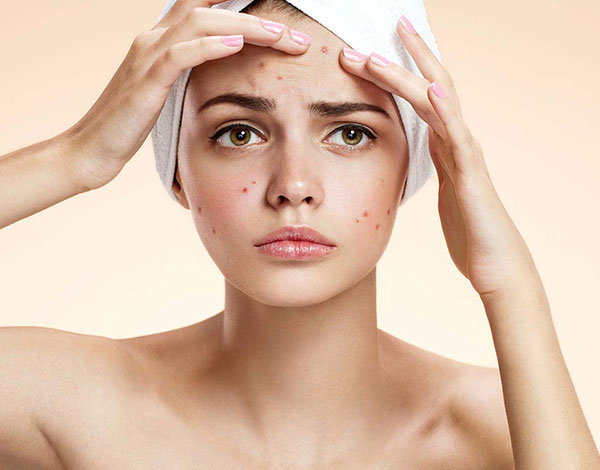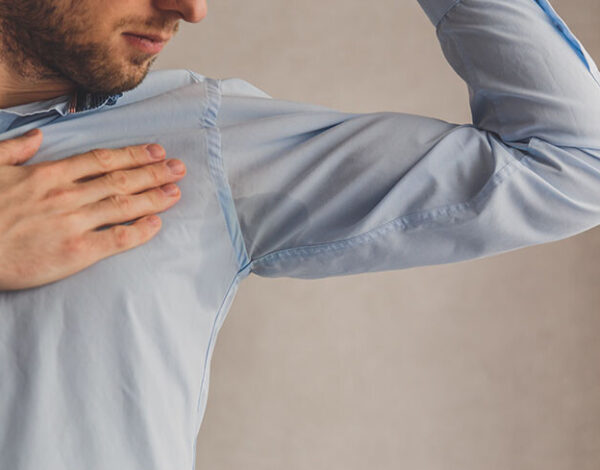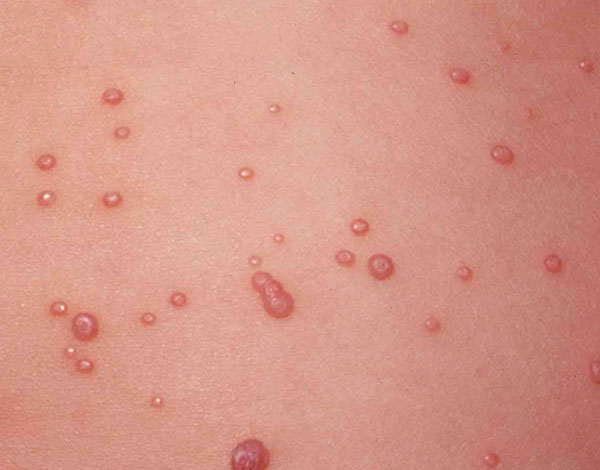September 15, 2020
Acne is a chronic disease of oil follicles. It usually starts in adolescence and continues for many years with exacerbations and remissions, and then it often regresses spontaneously.

Acne treatment
With acne treatment, it is aimed to regress acne lesions and prevent acne scars that may occur afterwards. Treatment varies depending on the severity of the disease, the area of involvement of the disease, the age of the patient, and the patient's preference. Topical treatments, systemic treatments, peelings are the main treatment options.
Topical (applied to the skin) treatments
Topical treatments can be in the form of creams, gels, ointments or lotions. They only affect the area they are applied to, but they also prevent the development of new lesions, so they should be applied not only on the lesion but also on the entire affected area. Topical treatments alone are preferred in mild acne patients. In moderate and severe acne patients, it can be combined with systemic treatments.
Systemic (Oral) Treatments
Systemic treatments are mostly preferred in moderate and severe acne patients. Systemic treatments include antibiotics, isotretinoin, or hormone treatments.
Antibiotic treatments usually last 3 months. During their use, combinations with topical treatments are necessary in order to both increase the effectiveness of treatment and prevent the development of resistance.
Hormone treatments, on the other hand, can be preferred in patients with menstrual irregularity, an increase in acne severity in premenstrual periods, acne lesions in the chin and neck region, patients with polycystic ovaries, who are onset at the age of 30, who are planning birth control or who are resistant to other treatments.
Isotretinoin therapy can be used in patients with moderate to severe acne. It may be the first treatment option in patients with high risk of scarring and nodulocystic lesions. The treatment should be used for at least six months and the treatment should be continued until at least 2 months after the new lesion has completely stopped. During the use of the treatment, blood tests should be done at regular intervals and female patients should not become pregnant during the treatment and for a while after it has been discontinued. The most common side effects of isotretinoin treatment are drying of the skin and lips, therefore it is recommended to use suitable moisturizers during the treatment. Since there will be an increase in skin dryness in the summer months, the winter months are preferred at the beginning of the treatment, but treatment can be started at low doses in the summer period.
Peels
Peeling is a method of applying chemical agents to the skin that provides controlled peeling and restructuring of the skin. It can be applied alone or in addition to other treatments, depending on the severity of acne. It can also be preferred in patients where topical treatments are insufficient but systemic treatments cannot be applied due to side effects.
Skin care and use of cosmetic products in acne skin
Non-comedogenic, non-irritating and non-allergenic cleansers and water-based oil-free moisturizers should be preferred for acne-prone skin. Sunscreens should be used to prevent staining due to acne lesions.
Treatment of acne scars
Acne scars are the most common cause of facial scars. The most important step in treatment is to prevent scar formation. Ablative lasers such as CO2 and Er:YAG, nonablative lasers, microneedling, radiofrequency systems, chemical peels, and fillers can be used in acne scars. The type of scars, the skin color of the patient, the patient's expectations, the cost of treatment, and the side-effect profile determine the treatment choice.
Continuity of treatment in acne
Since acne is a lifelong chronic disease, relapses may occur after discontinuation of treatment. Maintenance treatment is recommended to prevent recurrence after acne lesions have completely or almost completely resolved. Topical treatments are often preferred in maintenance treatments.









